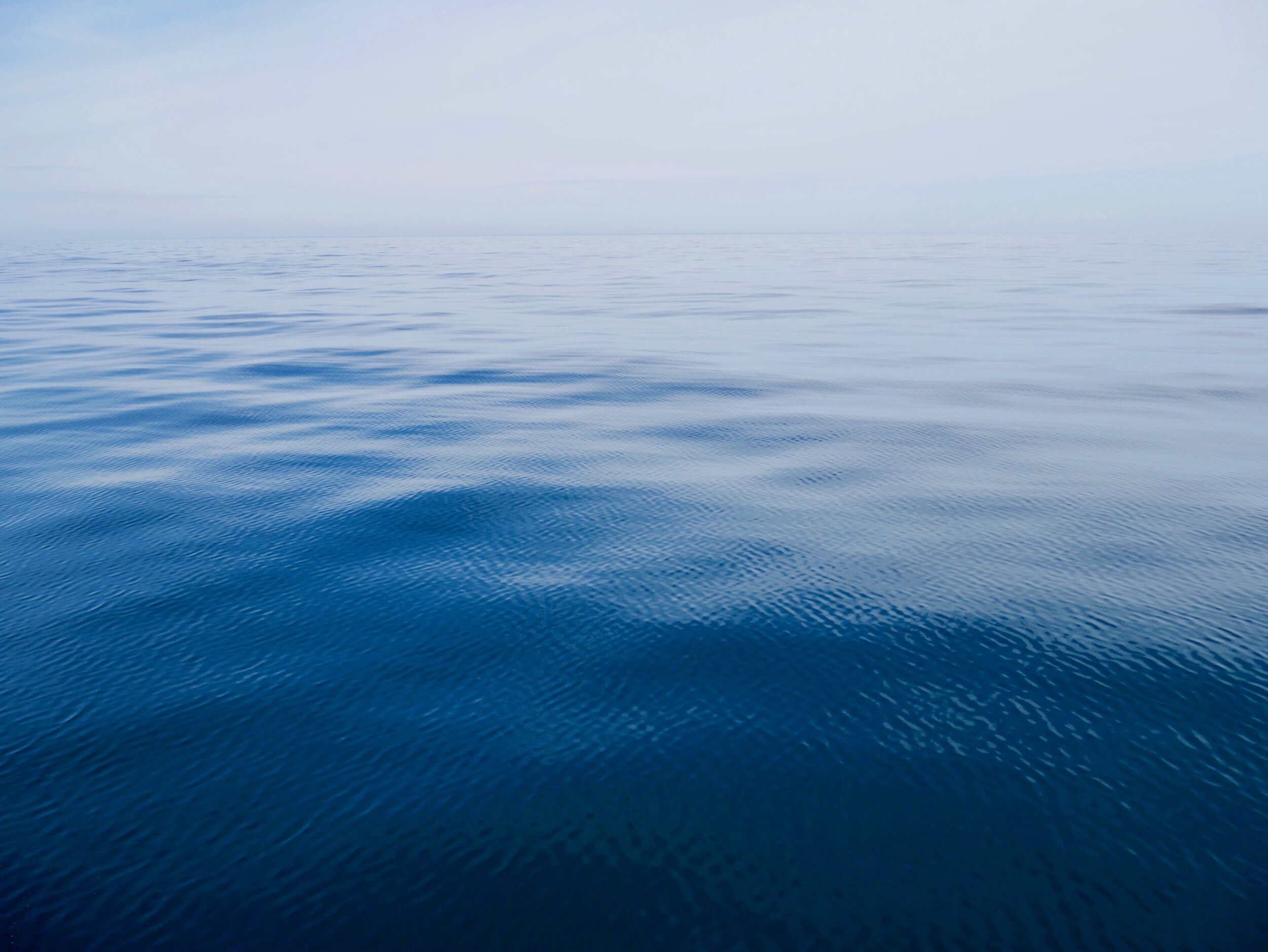
Toolkits
Clearly plastic is a huge problem, but here are some ways you can be a part of the solution!
-

Host your own Marine Debris Cleanup
-

Host your own Public Sort
-

Plastic Free Toolkit
How to be Plastic-Free: Individual
-
Write down everything plastic that you use in a week. Include food packaging from the grocery store, your plastic shampoo bottle, and your granola bar wrapper. This should include what you use in your daily life, when you go out, or have guests.
Keep the list in a notebook or on your phone!
It may be a little bit overwhelming, as our lives have evolved to completely revolve around plastic. But, stay calm and keep the audit going for a week!
-
Evaluate.
Which of these plastic uses are unnecessary? Or easy to change?
Something unnecessary and easy to change could be: a throwaway plastic grocery bag or coffee cup. Both of these things can be easily swapped for a reusable non-plastic alternative
Analyze.
Looking at your current plastic habits, it can be very helpful to evaluate the changes necessary to reduce your personal plastic uses.
Examples:
Daily plastic Starbucks cup → Bring a personal coffee mug in: $0
Takeout cutlery → Bring reusable fork + knife next time from home: $0
Shampoo bottle → Start purchasing a shampoo bar or using a new brand with a return + refill model: Range $ 6- $30
Plastic toothbrush → Switch to bamboo toothbrush: $5
Understand what is feasible.
Going completely plastic-free has upfront costs and may totally change your current lifestyle. Look at your plastic uses and costs to see what changes may be the most possible to begin with.
-
Build habits a little bit at a time. Put some tote bags in your car trunk for your next trip to the grocery store! Keep a reusable cutlery set in your bag!
It can be very difficult to change every piece of your life in a day, but taking on sustainable habits a little bit at a time is a way to make a real difference in your personal routine.
-
As you get comfortable with new habits to swap out plastic for a reusable option, build on them!
Here are some examples to get you started:
-Swap out disposable plastic bags in your pantry for reusable tupperwares
-Bring your own reusable cutlery for takeout food
-When ordering takeout, ask if it might be possible to get it in your reusable tupperware
-Shop in bulk for dried goods to avoid the plastic packaging
-Bring a reusable fruit bag to the grocery store to avoid plastic bags
-Shop for personal care product alternatives in reusable or refillable packaging.
-Take a look at what you are wearing! Our clothes shed microfibers, which are little synthetic bits that end up in waterways from every wash! Clothes made from 100% cotton, linen, or wool avoid this, or using a product like the CoraBall helps aid the microfiber pollution problem.
-
Obviously, in the first stages, do what you can to avoid plastic without buying more unnecessary things. Consumer culture and overpurchasing is a huge leading cause of plastic pollution in the first place, so it is often helpful to first see what you can do with the resources you already have without first pulling out your credit card.
With that said, there are some really cool solutions to make a plastic-free life much more convenient and possible! These innovations offer very unique and fashionable solutions to your plastic problems. These are things like the CoraBall, reusable foodwrap, a bamboo toothbrush, refillable deodorant, or recyclable mailers.
-
Often, once we start trying to eliminate plastic in our lives, it can be frustrating that we can’t eliminate it all. Truthfully, it’s nearly impossible. Going completely plastic-free takes time, money, and effort that is not practical for most of the population. Individual choices do make a huge difference.
But, we still must urge businesses, large companies, and the people that control our consumption to shift to being plastic-free on the production end. A consumer’s voice means a lot to a company- so let them know your ideas!!
-
Plastic, although a massive problem, isn’t the only issue the world is facing. To expand your own impact, you can increase your sustainable habits beyond personal plastic use. This can look different for different people. Maybe it means influencing your friends or family to adopt some plastic-free habits, contacting your governor about adopting anti-plastic legislation, or starting to compost your food waste! We all have a lot to learn and it is evident that individual action can make real change!
How to be Plastic-Free: Business
These days, it feels like going plastic-free is all the rage. From a business perspective, it appears that shoppers are much more interested in supporting a sustainable company versus an unsustainable one. As well, going plastic-free often works to save a company money in the long run and act as a good investment in the planet! Follow this easy guide to begin your plastic-free journey!
-
Similar to an individual’s journey to being more green and plastic-free, the first step is taking note of what you’re doing right now. Keep a weekly log of all plastic used in the business. Keep your list in central and busy locations for employees to add on their plastic uses.
After a week, categorize your plastic uses. Which are plastics that employees bring in? Which are plastics that the business purchases or uses? Which of these uses are easy swaps for plastic-free alternatives? Which will require an upfront cost for a change?
-
Looking at your current plastic habits, it can be very helpful to evaluate the changes necessary to reduce your plastic use.
Examples:
Plastic Starbucks Cup -> Bring personal coffee mugs in: $0
Takeout cutlery → replace with reusable forks + knives: $0
Plastic packaging from mailing boxes → switch to a product with better packaging : Range in pricing
Understand what is feasible. Going completely plastic-free can require upfront costs and life adjustments. Look at your plastic uses and costs to see what changes may be most possible to begin with.
-
Start with changes that will change your plastic habits, but not be incredibly radical for your staff to switch to.
This can be a change like swapping disposable cups at the water cooler to reusable ones that can be washed in the kitchen sink. Or a shift from plastic waterbottles in the fridge to a refillable water cooler.
-
Once new sustainable habits are established, they are much easier to build on than trying to change everything all at once. After a week or two of initial changes to a more plastic-free business model, begin brainstorming and implementing more and more changes.
-
Obviously, in the first stages, do what you can to avoid plastic without buying more unnecessary things. Consumer culture and over purchasing are the leading causes of plastic pollution in the first place, so it is often helpful to first see what you can do with the resources you already have without first pulling out your credit card.
With that said, there are some really cool solutions to make a plastic-free life much more convenient and possible! These innovations offer very unique and fashionable solutions to your plastic problems. These are things like reusable coffee pods, plastic-free mailing packages, and more.
-
Often, a lot of our plastic use comes from higher up the chain. This can feel a little bit more overwhelming to tackle. But, sometimes it just takes a simple conversation with a vendor: A consumer’s voice is powerful. An ask to reduce plastic in packaging or switch to a non-plastic product means a lot to a producer. Especially if you might be considering switching vendors to one that is more eco-friendly.
-
If your employees bring in lunches or takeout containers of coffee, for a week create a competition to see who brings in the least amount of plastic.
For every piece of plastic someone brings in, like a throwaway Dunkin cup or a plastic ziploc bag in their lunch box, they get a point. The employee with the least amount of points at the end of the week wins a reward of your choice! We recommend a gift card, a nice coffee tumbler, or an hour off on Friday afternoon!
-
Other businesses around you are mostly likely also very interested in reducing their plastic-use and may look to you as a role model! Reducing plastic-use seems quite daunting to a business before they begin the process, although the rewards are high. By demonstrating your transition to a plastic-free work environment, it is very inspirational to others to take on the challenge.


